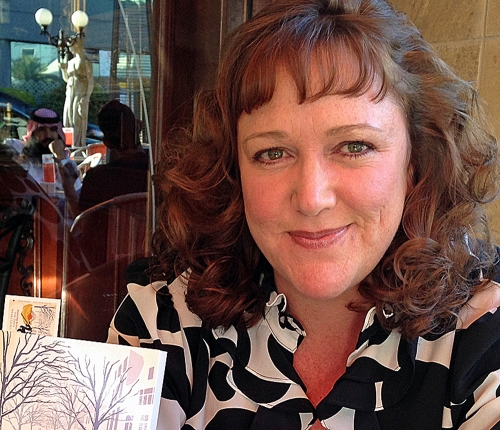Recently I stumbled across an article originally printed in The Siberian Times. With a headline like, “Drive from Europe to the U.S.” who wouldn’t’ be intrigued? Earlier this year, the president of Russian Railways proposed an enormous undertaking; a road that would link Alaska with Russia across the Bering Sea.
Wouldn’t that be fantastic? I thought to myself before reality kicked in. The practicalities of the project, including feasibility and cost, had not been examined. It’s hard to believe they ever would be. Even so, the article got me thinking about the many driving styles across the world and how a “collision” of multicultural drivers might look on the open road.My driving life began in a small town outside Cleveland, Ohio somewhere in the 80’s. For a first-time driver, there are few better places to learn. Aside from navigating one mean sloping curve with a manual transmission, it was easy. Parallel parking was rarely required and I don’t think I was ever without a place to park. Living in Phoenix and Cleveland taught me a little more technique over the years. Road trips to L.A., New York, and Boston exposed me to a higher concentration of drivers on the road.
The move to Germany changed everything. I was in no way prepared for the precision sport that ensues when Germans take to the autobahn. In America, we pass on the left or on the right, wherever is most convenient. Europeans use the left for passing alone. Should you decide to hang out in the left lane longer than necessary, you will garner a great deal of animosity from your fellow drivers. As my Dutch husband-to-be later loudly informed me one day when I didn’t immediately speed up and pass, “You are confusing others!”

Though I jokingly repeat those four words to him about many intercultural situations today, he had a point. Rules of the European road are far stricter than in the States. The concentration of cars on the road in Amsterdam or Paris makes Boston seem lonely. The jokes from Europeans about most Americans being unable to drive a stick shift made me laugh, that is until I had to call Hertz to figure out how to get that stick into reverse.
When I got to Singapore, the drivers were like nothing I’d ever seen. Never mind that they were now driving on the “wrong” side of the road from what I was used to, it was the driving itself that left me scratching my head. I probably shouldn’t generalize, but I’m going to. If driving theory is highly-prized in Europe and slightly less rigorous in the U.S., then I’m not sure who is writing the books in Singapore. Erratic, me-first driving is often the norm. Suffice it to say, using the MRT most days was not a hardship.
The end of the road for me, so to speak, has been Asia Pacific. For years, the mere thought of driving on the left put me in a panic. My first experiment was in the Queenstown, on New Zealand’s South Island. Renting a very cheap car was a good idea for my initiation to driving on the other side of the car and the road. The little diagram sticky-notes on my dashboard to remind me of the proper turns was an even better one. On my drive to Mount Cook, I discovered it was easier to stay on the proper side of the road when that road was actually populated. Remote New Zealand often left me wondering, only to be reminded by a giant camper van coming my way.
Finally reaching a place where there were other cars to contend with and I needed to drive on the left, I put it off for months. Brisbane’s “rush hour” is far from daunting, but it still took time to work up the nerve to get started. Once I did, I discovered that inevitably I would end up on the wrong side after a very quick maneuver. That’s when you find instinct and fifteen plus years of driving on the other side of the road have never left you. Luckily for me, the moments where my past training took over were few and harmless.
It’s now been over four years that I’ve been driving on the wrong side of the road. It’s taught me that just like every other aspect of global living, adjustment is easier than you expect−but of course there are exceptions. No matter what I do, I cannot remember which lever is the windshield wiper and which is the turn signal in my car. It just won’t stick. So if you see a brunette driving on that Trans-Siberian highway with her windshield wipers going at full speed without a drop of rain in sight, don’t worry. It’s just me trying to make a turn.
As a certified IT project manager, Jennifer Burge has traveled to over 40 countries. Currently, she lives in Brisbane, Australia and works as a full-time travel memoirist and public speaker on the challenges and rewards of international living. Her ‘How Not To Live Abroad’ guide, The Devil Wears Clogs (available on Amazon.com) chronicles her early expat mistakes as an American in Germany and Holland. Follow Jennifer’s adventures worldwide on her blog at www.WorldwisePublications.com.

